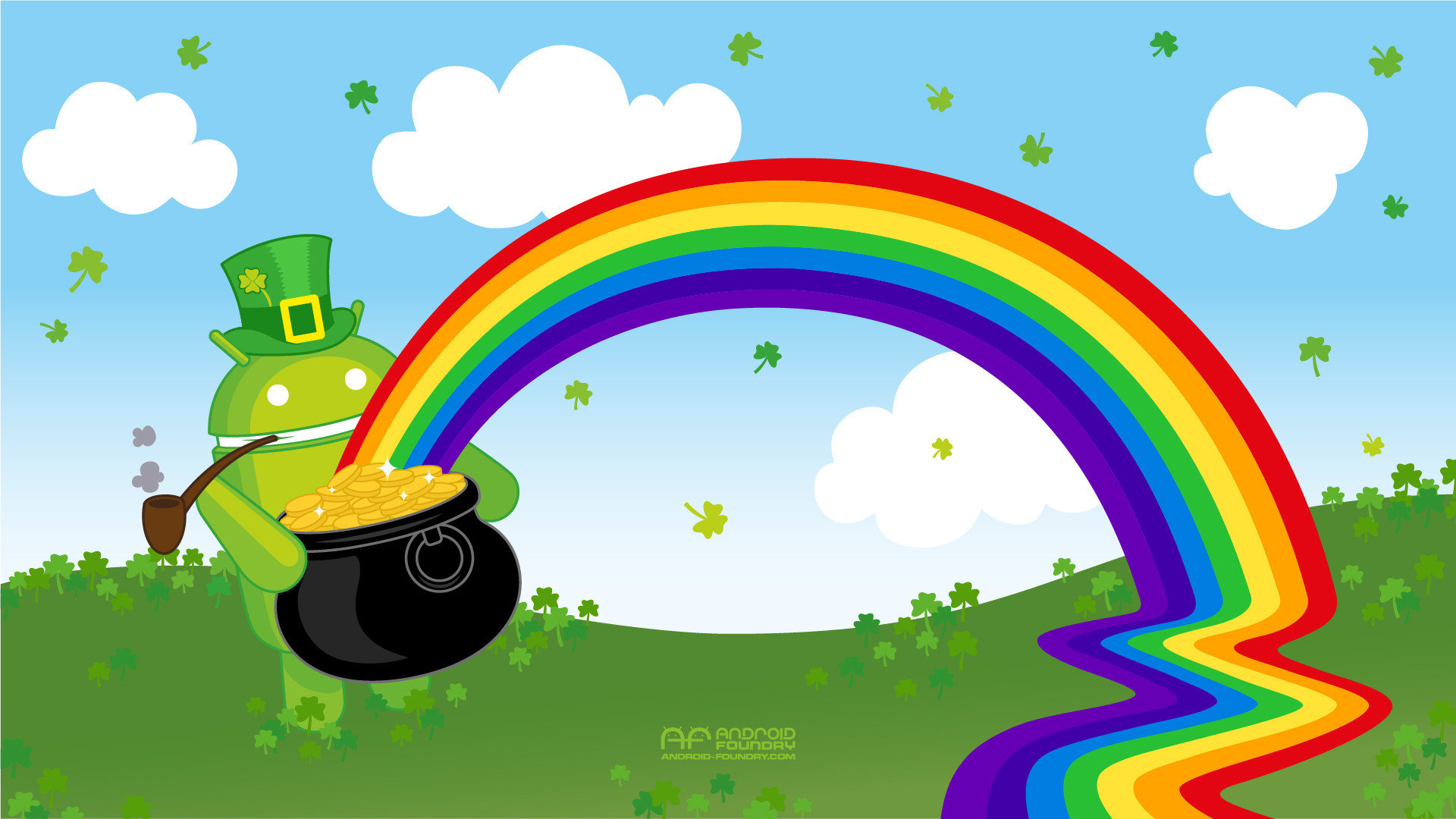Gallery
Photos from events, contest for the best costume, videos from master classes.
 |  |
 |  |
 |  |
 |  |
 |  |
 |  |
St. Patrick’s Day, feast day (March 17) of St. Patrick, patron saint of Ireland. Born in Roman Britain in the late 4th century, he was kidnapped at the age of 16 and taken to Ireland as a slave. He escaped but returned about 432 ce to convert the Irish to Christianity . St. Patrick’s Day is a holiday known for parades, shamrocks and all things Irish. Find out how symbols we now associate with St. Patrick’s Day came to be. St. Patrick may be the St. Patrick’s Day History and Background. St. Patrick, originally named Maewyn Succat, was born in Roman Britain in the late 4th century. At the age of sixteen, he was captured by Irish pirates and taken to Ireland as a slave. During his captivity, he embraced Christianity and developed a deep spiritual connection. Though St Patrick died in fifth century on 17th March 461 CE, it was only towards the early ninth or tenth century the Roman Catholic feast day of St. Patrick was observed. Some believe that the Irish have been observing St. Patrick’s day for over 1,000 years. Every year on March 17, the world turns a little greener—literally! From parades packed with leprechauns to rivers dyed emerald, St. Patrick's Day is a celebration like no other. But beyond the shamrocks, green attire, and pints of Guinness, there’s a rich history behind this beloved holiday. The historical background of St Patrick. St Patrick’s story begins in the late 4th century in Roman Britain. At the age of 16, he was taken to Ireland as a slave, only to escape and later return as a missionary. Credited with bringing Christianity to the Irish, St Patrick’s legacy is interwoven with tales of banishing snakes from Ireland St. Patrick’s Day usually conjures images of partying, Catholicism, Irish nationalism and, perhaps most famously, the color green: green clothes, green shamrocks, green beer and green rivers. Patrick was born in the 4 th century A.D. in Britain. He was the son of Calphurnius who was a deacon and Conchessa as his mother who was a close relative of St. Martin of tours. Although his family came from a strong religious background, Patrick was not raised with a strong emphasis on religion nor education. Every year on March 17, people around the world don green attire, attend parades, and celebrate St. Patrick’s Day, a holiday that honors Ireland’s patron saint. But beyond the festive spirit, the history of St. Patrick’s Day is rooted in centuries of religious tradition, cultural heritage, and St. Patrick’s Day usually conjures images of partying, Catholicism, Irish nationalism and, perhaps most famously, the color green: green clothes, green shamrocks, green beer and green rivers. So The spread of St. Patrick’s Day celebrations in the U.S. was a way for Irish immigrant communities, who in the 19th century faced discrimination and opposition, to stake that ground, he says: “It’s a kind of immigrant Irish way of combating nativist antagonism against them.” 40,000+ Free St. Patrick's Day Pictures & Images Choose from our collection of handpicked St. Patrick’s Day pictures & images. All high-quality and free to download. A collection of the top 86 St Patrick's Day wallpapers and backgrounds available for download for free. We hope you enjoy our growing collection of HD images to use as a background or home screen for your smartphone or computer. Search from St Paddys Day stock photos, pictures and royalty-free images from iStock. For the first time, get 1 free month of iStock exclusive photos, illustrations, and more. Saint Patrick, who lived during the fifth century, is the patron saint of Ireland and its national apostle. Born in Roman Britain, he was kidnapped and brought to Ireland as a slave at 16. He Monday, March 17 is St. Patrick's Day, celebrating all things Irish in the U.S. and around the world. Cities celebrate with parades, bar crawls and more. St. Patrick’s Day is closely associated with Ireland, but the first St. Patrick’s Day parade actually took place in New York City in 1762—organized by Irish soldiers serving in the British army. St. Patrick’s Day is a global celebration of Irish culture that takes place annually on March 17, the anniversary of the patron saint of Ireland's death in the fifth century. The Irish have Here's what to know about the holiday's history: Food & Drink 6 hours ago From pandemic struggles to St. Patrick's Day crowds, Mary O's soda bread rises to viral fame The first St. Patrick's Saint Patrick's Day, or the Feast of Saint Patrick (Irish: Lá Fhéile Pádraig, lit. 'the Day of the Festival of Patrick'), is a religious and cultural holiday held on 17 March, the traditional death date of Saint Patrick (c. 385 – c. 461), the foremost patron saint of Ireland.
Articles and news, personal stories, interviews with experts.
Photos from events, contest for the best costume, videos from master classes.
 |  |
 |  |
 |  |
 |  |
 |  |
 |  |